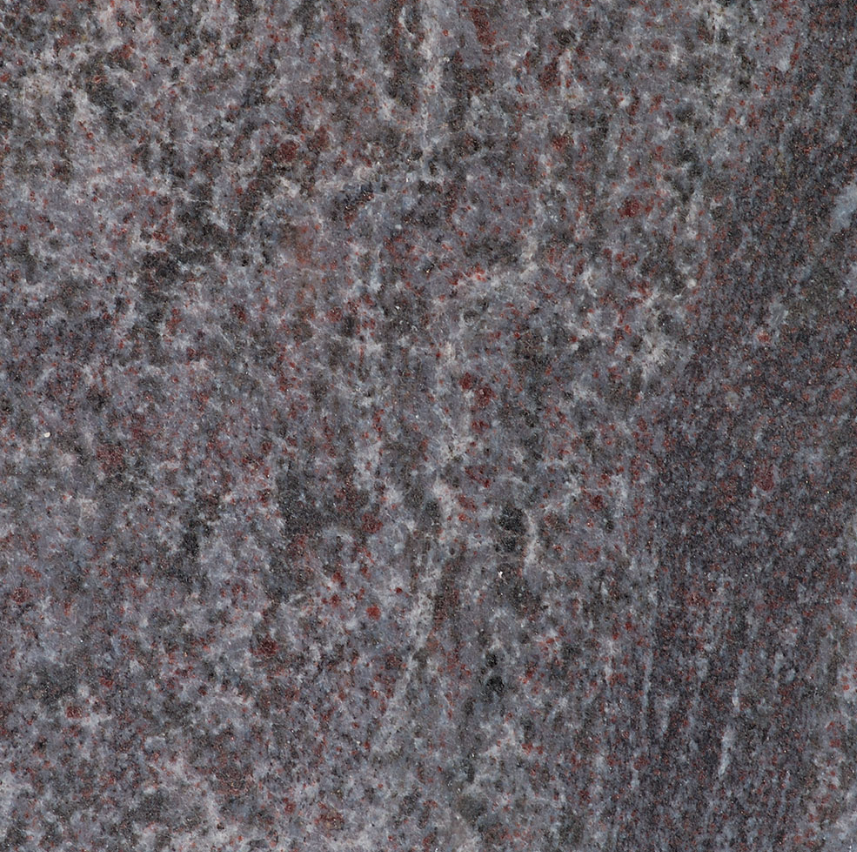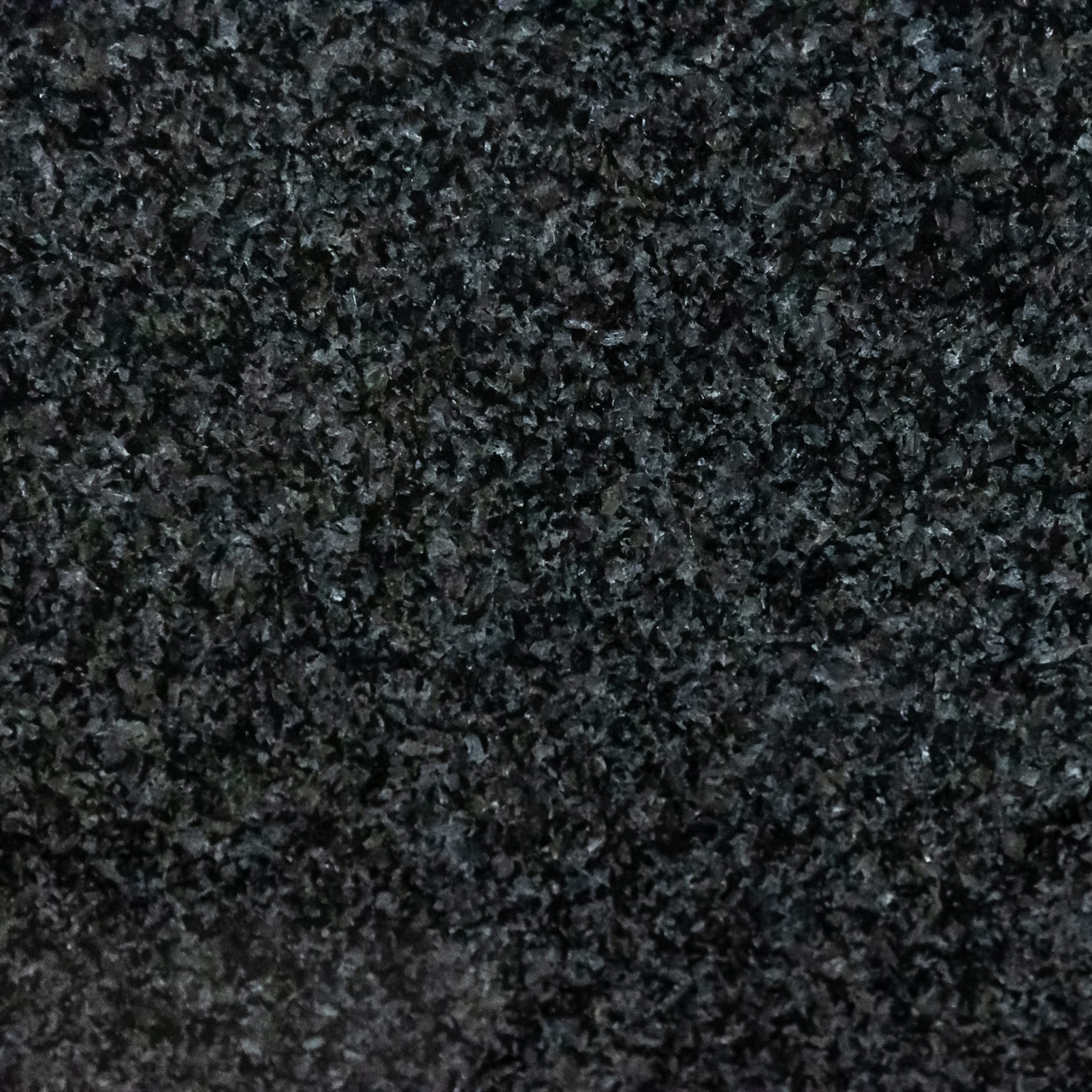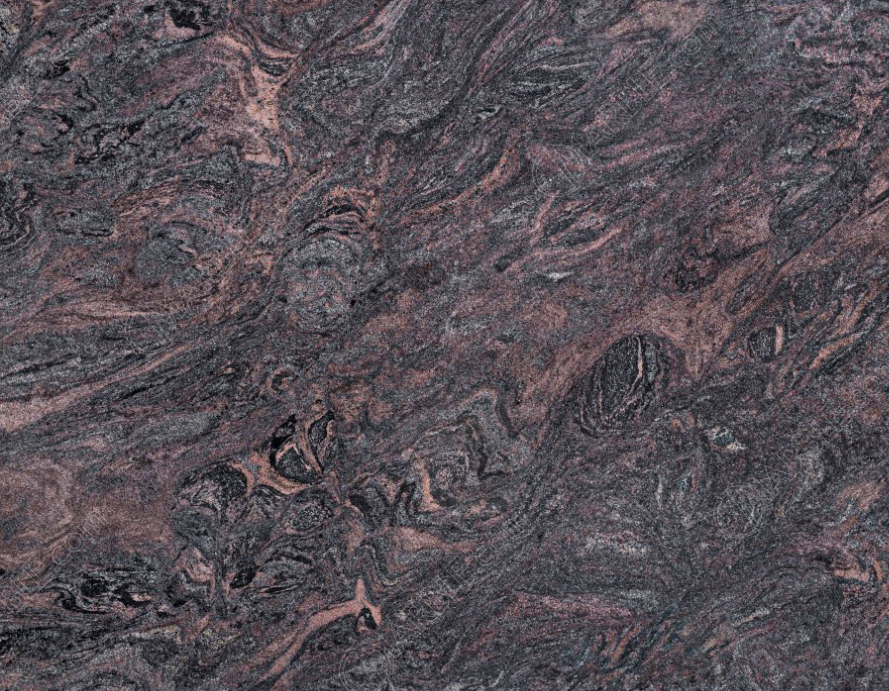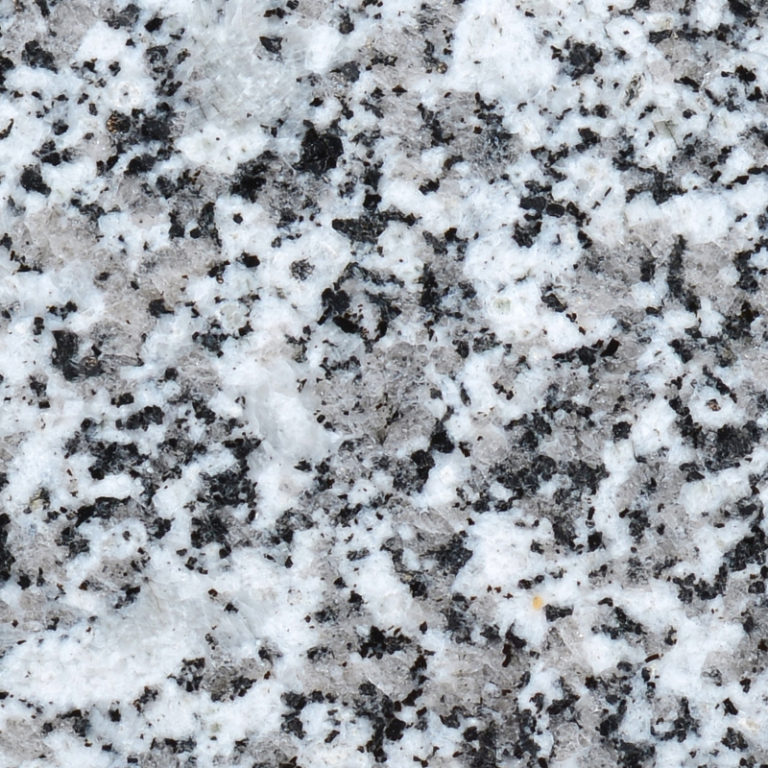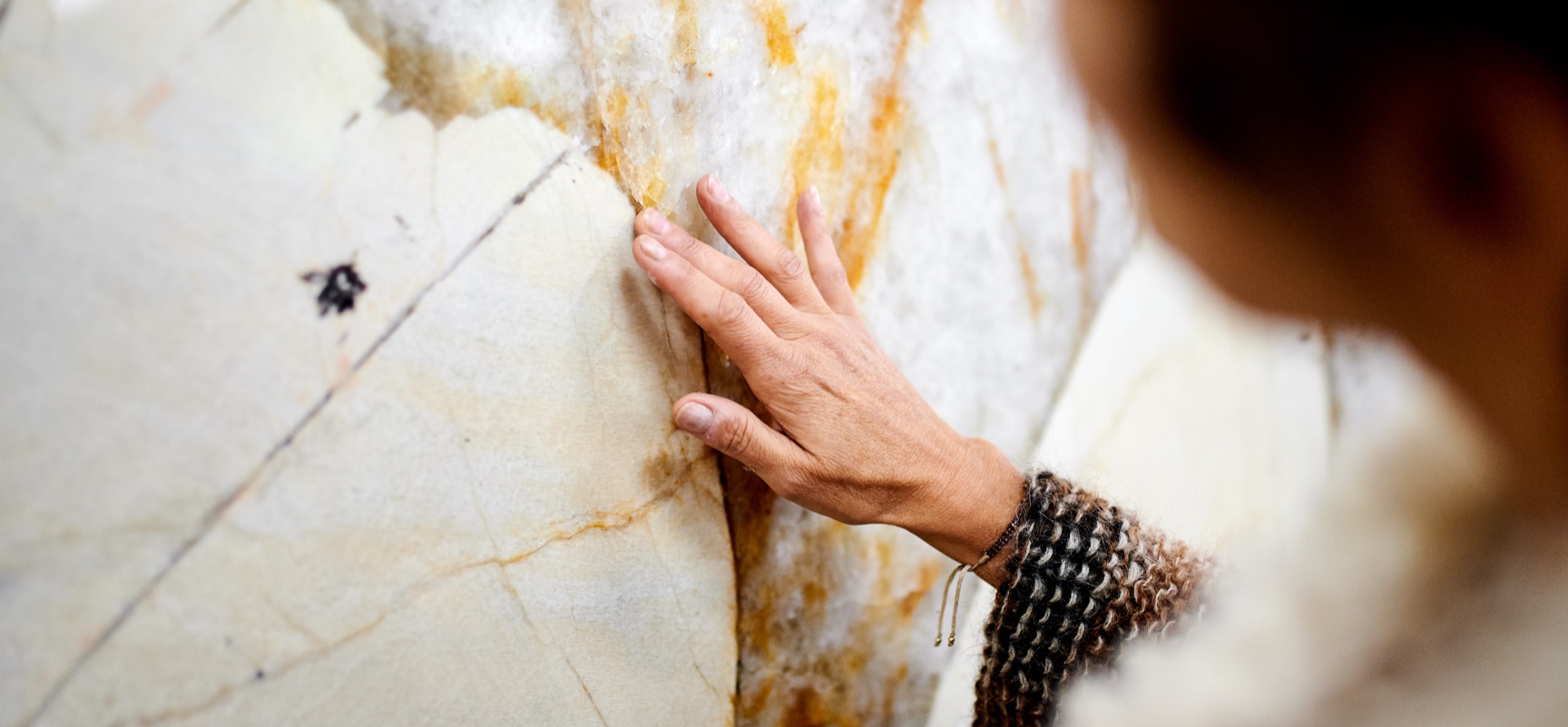

Pièce de Granite
Mass blue-vizag blue-coromandel
- Granite
- Blue
- Gray
Discover our stock
Stock levels are given for information only and do not take account of current reservations.Average size
Surface
Finishing
Open book
Stock
-
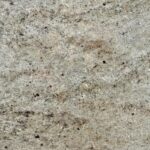
Granite
natural stoneGranite, with its deep tones and rough textures, evokes resilience and solidity. Granite has an unshakable strength that defies the test of time. Its imposing masses seem to bear witness to the raw power of nature, bravely resisting the elements that try to change it.
In the daylight, granite reveals its subtle nuances, with mineral glints sparkling in its robust mantle. Ancient history is etched into its layers, a silent testament to the immensity of time and the immutability of nature.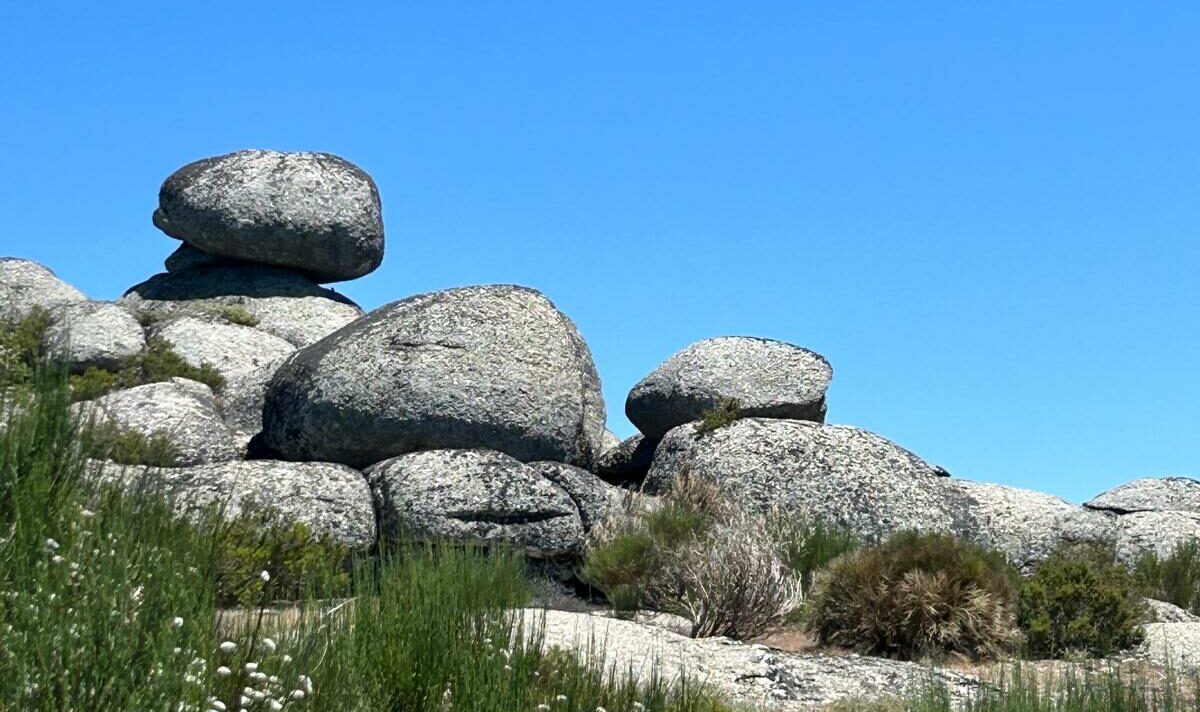 Pros and cons
Pros and consGranite is a magmatic rock formed by the slow cooling of magma deep underground. Commercially, granite includes all types of granite and gabbro. These 2 materials are not composed of limestone, but mainly quartz minerals, feldspars and micas for granites, and pyroxene and feldspars for gabbros. Gabbros are darker in colour, whereas granites look lighter and speckled.
Care- + Very hard
- + Resistant to household acids
- + Scratch resistant
- + Heat-resistant (but warning of heat shock)
- + UV-resistant
- - Porosity varies according to the variety (darker = less porous)
- - Do not use ceramic knives as they can scratch the surface.
- Clean with slightly diluted white vinegar, rinse with hot water and dry.
- Lather with white Cif with a microfibre cloth or the green side of a sponge and hot water, rinse well with hot water, dry.
- DO NOT use washing-up liquid as this will make the surface greasy.

You may also like
Discover more blocs of Granite


